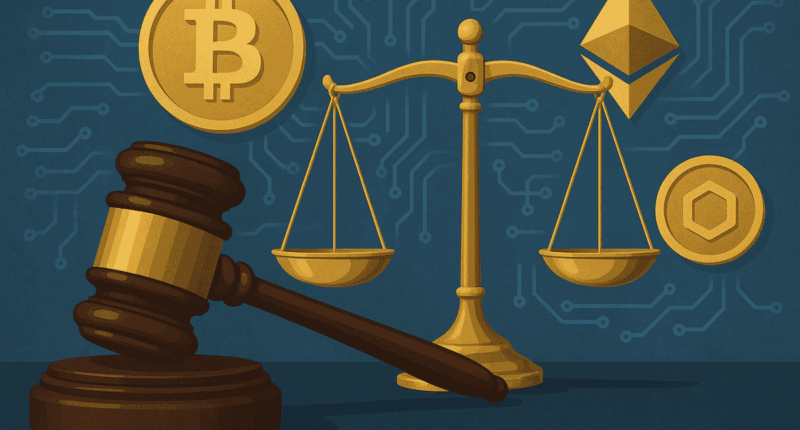In a major stride toward resolving the longstanding regulatory ambiguity in the crypto sector, U.S. lawmakers are moving closer to a unified federal framework that could reshape digital asset oversight.
On June 10, the House Agriculture Committee passed the Digital Asset Market Structure Clarity Act widely referred to as the CLARITY Act with strong bipartisan support in a 47–6 vote. The bill, which outlines jurisdictional responsibilities between federal agencies, now proceeds to the House Financial Services Committee for further review before reaching the full House floor.
A push for regulatory definition
The legislation aims to establish clear classifications for digital assets, specifying whether they fall under the category of securities or commodities. This critical distinction would help determine the respective oversight roles of the Securities and Exchange Commission (SEC) and the Commodity Futures Trading Commission (CFTC).
“This isn’t about bailouts it’s about consistency,” said Rep. French Hill of Arkansas, one of the bill’s key supporters, who also introduced an accompanying amendment. Committee Chair GT Thompson confirmed the bill’s advancement and invited dissenting lawmakers to formally submit their opposition by the end of the week.
Ongoing debates and proposed amendments
While the House Financial Services Committee has yet to cast a final vote, members are actively considering potential amendments. One proposal seeks to implement legal safeguards for blockchain developers, a move supported by industry advocates concerned about liability risks.
The legislative effort comes amid broader congressional momentum toward digital asset reform. The Senate is expected to address related proposals shortly, including the GENIUS Act, which would focus specifically on regulating stablecoins.
Political sparks and legislative setbacks
Tuesday’s markup session was not without friction. Rep. Maxine Waters proposed an amendment aimed at potential conflicts of interest tied to former President Donald Trump’s crypto holdings. Meanwhile, Rep. Brad Sherman pushed for measures that would restrict future industry bailouts, sharply criticizing what he perceived as loopholes that benefit large crypto firms.
Sherman expressed concern that the bill might pave the way for crypto’s systemic entrenchment in the financial system. “The goal seems to be to create a crypto superhighway to systemic risk—while enabling Republicans to claim they’re against bailouts, even as the bill allows them,” he argued.
Both Waters’ and Sherman’s proposed changes were ultimately defeated by voice vote. As of publication, Hill’s amendment addressing blockchain developer protections remains under consideration.
Toward a unified crypto framework
The CLARITY Act’s forward movement represents a significant milestone in the evolving conversation around digital asset governance in the United States. While further legislative hurdles remain, the momentum signals a growing congressional appetite for structured, consistent oversight in a rapidly developing financial sector.
With the regulatory finish line now in sight, the coming weeks may prove pivotal in defining how digital assets are treated across U.S. markets for years to come.





